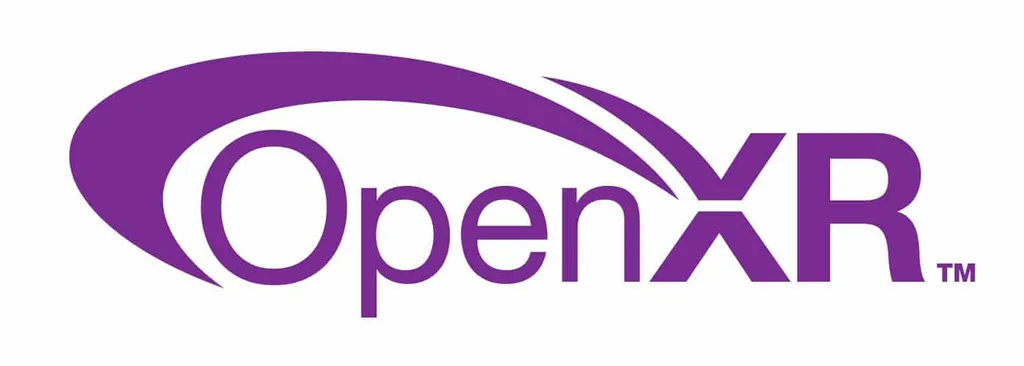The OpenXR specification and application programming interface is public for the first time today.
The 0.90 provisional OpenXR specification provides a standardized interface between virtual worlds and the devices which track movement as well as render and display those worlds. The Khronos Group, which is releasing the standard for developer and industry feedback, is broadly supported by companies invested in AR and VR technologies.
Multiple implementations of the specification are available today. An open source implementation called ‘Monado’ from Collabora is launching. There is also a developer preview of the OpenXR runtime from Microsoft for VR headsets using its tracking technology.
“Competing proprietary standards don’t inspire confidence in the consumer to invest,” said Neil Trevett, President of the Khronos Working Group. Now, “there’s no longer an engineering reason why applications can’t be deployed on any HMD that supports OpenXR.”
OpenXR = Virtual Reality And Augmented Reality

Representatives from a number of companies working in VR and AR voiced their support for the standard today. They include Facebook, Microsoft, Epic Games, Unity, HTC and Intel. Microsoft is “dedicated to supporting the launch of OpenXR this year on Windows Mixed Reality and HoloLens 2,” Technical Fellow Alex Kipman said in a prepared statement.
“Facebook and Oculus continue to believe in the value the OpenXR standard delivers to users and developers. We plan to provide runtime support for apps built on OpenXR 1.0 on the Rift and Quest platforms later this year,” said Nate Mitchell, Oculus Co-founder and head of VR product, Facebook, in a prepared statement.

Next Steps
Last year at the SIGGRAPH computer graphics conference headsets with widely varying specifications ran the same OpenXR application. That’s the ultimate promise of the standard — simplifying cross-platform development and allowing for a single application to run on a wide range of devices. SIGGRAPH was also the last major milestone for the standard before today’s release.
OpenXR can be used with Vulkan for high-performance rendering as well as other 3D APIs like Direct3D and OpenGL. You can find the new specification on the Khronos website and dig through the documentation.
Watch for updates from UploadVR as we track the roll-out of OpenXR over the course of the year.


























